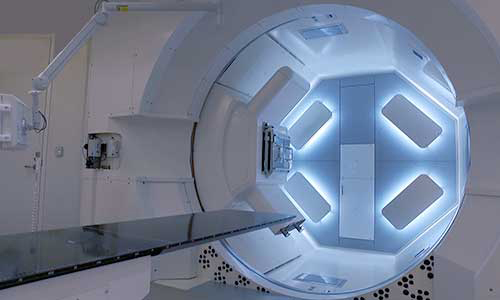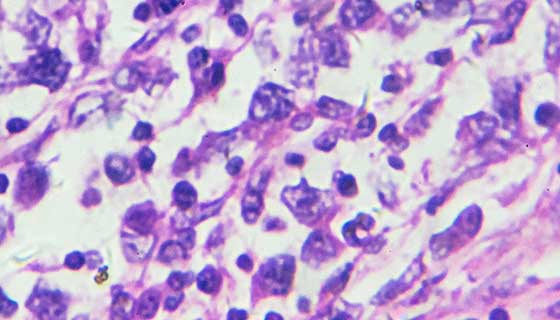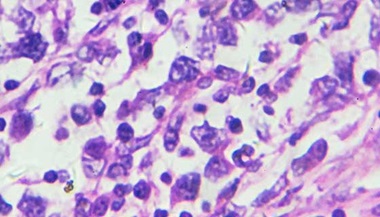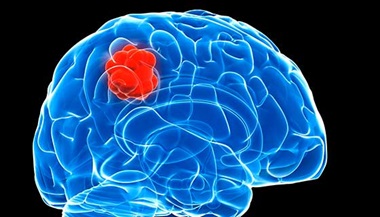Medulloblastoma
What is a medulloblastoma?
A medulloblastoma is a malignant pediatric brain tumor that arises in the cerebellum, a part of the brain located at the base of the skull.
What You Need to Know
- The tumor is the most common malignant brain tumor in children; it commonly strikes children between 5 and 9 years of age and is rare in people over 30.
- Outcomes are better when the medulloblastoma appears in children older than five years and when the tumor is diagnosed early.
- Treatment includes surgery, radiation and chemotherapy.
- Up to 75 percent of children treated with all three methods survive into adulthood.
Symptoms of a Medulloblastoma
-
Nighttime or morning headache
-
Gait (walking) problems or ataxia
-
Nausea and vomiting
-
Dizziness
-
Double vision
-
Head bobbing
-
Nystagmus (an abnormal, side-to-side movement of the eyes)
-
Lethargy or confusion
-
Hydrocephalus due to obstruction of normal cerebrospinal fluid circulation
Medulloblastoma Diagnosis
Your doctor may start with a neurological exam of your child, followed by an MRI brain scan to determine if a tumor is present.
A medulloblastoma may appear similar to other kinds of brain tumors. After surgery, a pathologist can examine the tumor cells under a microscope and make a definitive diagnosis. Once the diagnosis of medulloblastoma is clear, your doctors can determine the most appropriate treatment for your child.
To see if the medulloblastoma has spread, the doctor may recommend a lumbar puncture to test your child’s cerebrospinal fluid for cancer cells.
Medulloblastoma Treatment
Treatment for medulloblastoma focuses on removing as much of the tumor as safely possible and relieving pressure in the child’s skull (intracranial pressure) due to swelling or hydrocephalus.
In addition to surgical removal of the tumor, the doctor may sometimes recommend a shunt to help drain cerebrospinal fluid buildup and steroid treatments to reduce tumor swelling.
Surgery is followed by radiation and chemotherapy. These therapies address cancer cells that might have been unreachable by surgery and those that have spread from the tumor to other parts of the brain or spinal cord. Medulloblastoma spread and recurrence is common; radiation and chemotherapy can reduce the risks.
This three-part approach – surgery, radiation and chemotherapy – can offer survival in up to 75 percent of patients. It is important to understand that each of the three treatments, especially radiation treatment of the brain, may cause complications that could affect your child’s development.
It is essential to discuss each stage of your child’s therapy thoroughly with your doctors so you can make informed choices for your child and understand potential benefits and risks.
Enrolling your child in a clinical trial may offer additional options for treatment. Your doctor can refer you to studies if they are appropriate.
The Johns Hopkins Proton Therapy Center

Proton therapy is used to treat certain tumors in children and adults. Our treatment center, located at Sibley Memorial Hospital in Washington, D.C., combines advanced proton therapy technology, the latest research and caring specialists.





